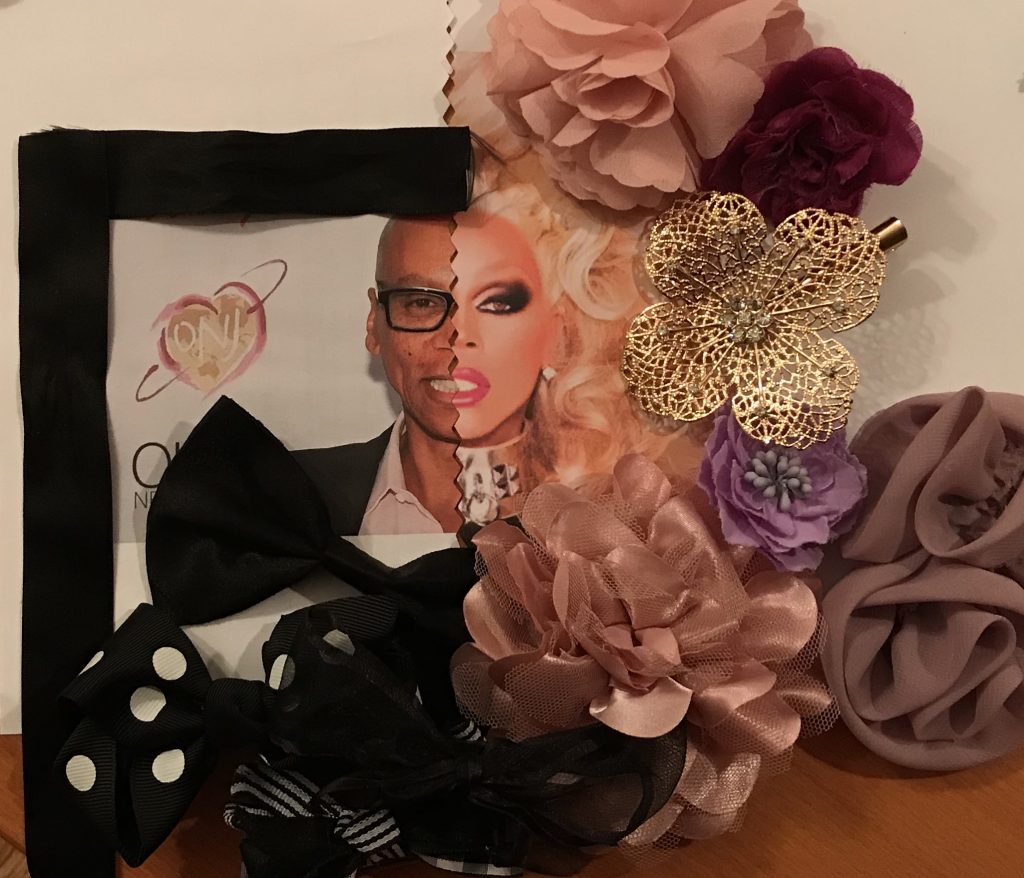Vibrant makeup, exaggerated features, large wigs, and creative costumes put together the image of an often misunderstood performance art: drag. With events such as lip sync performances and pageants increasing, we have reached the peak of drag culture. Though they are usually associated with gay society, and in particular, gay men, drag queens can be found across all sexualities worldwide. The drag queens we see in the media are in the entertainment industry; however, in reality, a drag queen is formed as an amplified expression of one’s personality, not necessarily an ‘alter ego.’
Drag culture has been around since ancient times. Traditions and cultures of early civilizations such as the Incas, the Native Americans, and the Egyptians, all practiced the act of cross dressing. In Japanese Kabuki theatre, male actors fought for the female roles as the most highly regarded and difficult positions to be cast in. Religious plays also casted males for female roles, as women were excluded from participating in the plays as actresses. Even though it is very important to distinguish between these theatrical roots and development of drag culture, it is not inaccurate to say that inspiration for drag was drawn from a variety of cultures.
Drag queens – or what was then referred to as ‘female impersonation’ – can be traced back to the early 1800’s. In the 1900’s the concept of ‘drag’ became heavily associated with the LGBT community, and therefore was mostly hidden from media and society. However, this secret did nothing to reduce the community’s membership. Even now, drag culture continues to expand in hidden gay clubs, bars, and show culture.
Over the years, drag culture has gained significant acceptance, especially towards the 80’s and 90’s, where major cities saw ‘drag booms,’ not only in LGBT clubs, but also across the city.
2009 marked a turning point for drag queens in pop culture and media as Rupaul’s drag race first aired on VH-1. Nine seasons, two all-star seasons and more than 100 drag queens later, Rupaul’s drag empire is reaching heights no one could have ever imagined.
In 2016, Rupaul himself declared that drag culture “will never be mainstream. It’s the antithesis of mainstream. And listen, what you’re witnessing with drag is the most mainstream it will get. But it will never be mainstream, because it is completely opposed to fitting in.” Yet, just a few months after this interview, he won an Emmy for Outstanding Host for Reality, and was nominated again last year for Outstanding Reality Competition Program. In May 2017, the 3rd Annual DragCon had more than 40,000 attendees, which is triple the number from the previous year.
Presently, drag queens are embracing the art and using their individual personalities to achieve assorted careers such as comedians and actors. On top of this, there is an increase in sales for drag merchandise.
Drag culture has become more popular than ever before, and not just within the community of drag queens. It has become a global phenomenon and permanently marked its place in today’s pop culture.
Olivia Gondris
staff writer
Graphic: Anika Tsapatsaris


It is interesting how you did your research on the history and importance of the culture of drag queens, but kept referring to it as “drag culture”. Drag culture also includes drag kings and the non-gender-conforming drag performers.
No drag queens are not becoming mainstream